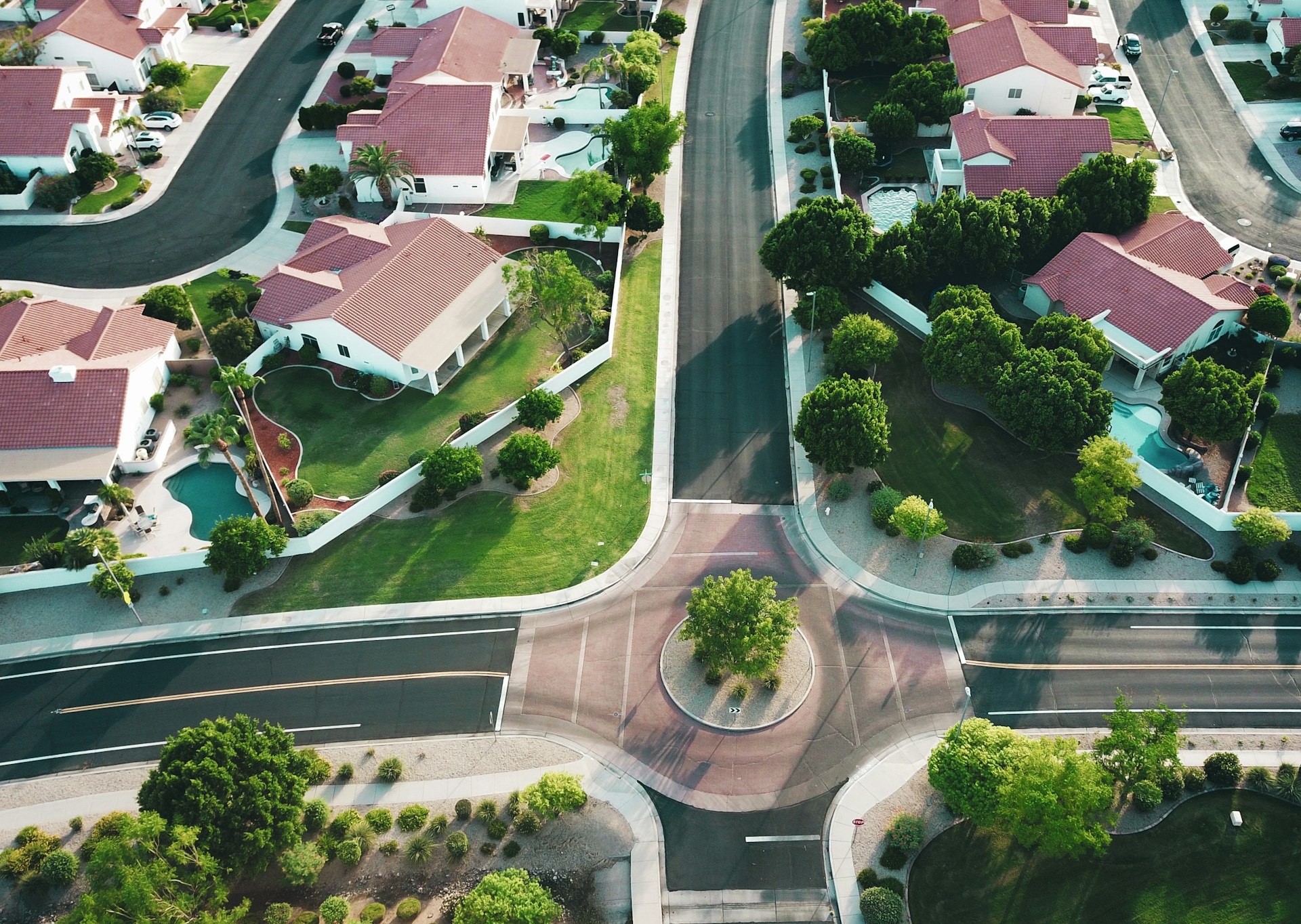5 Real Estate Investment Trends Shaping the U.S. Market in 2025

As the U.S. real estate landscape continues to evolve, 2025 is shaping up to be a pivotal year for investors. Driven by technology, shifting demographics, climate considerations, and lifestyle changes, the market is opening up new opportunities—while demanding greater adaptability.
Here are five key trends that are defining the investment landscape this year.
1. Smart Tech Is Reshaping How Investors Operate
Technology is rapidly becoming one of the most important tools in a real estate investor's arsenal. In 2025, advanced data platforms and AI-powered tools are helping investors identify profitable markets, predict rental yield, and reduce risk.
Machine learning models can now assess property value fluctuations and rental trends with more precision than ever. Virtual reality has also become a standard feature in property marketing, allowing investors and buyers to tour homes without setting foot on-site. Combined, these tools are accelerating decision-making and opening up access to out-of-state or even rural properties that might have once been overlooked.
The rise of digital infrastructure—such as data centers and communication towers—is also drawing attention as a niche but growing investment class. As reliance on cloud computing and 5G expands, so does the demand for physical support structures, making this a sector worth watching.
2. Climate Risk Is Steering Geographic Investment Choices
Environmental risks are now a serious consideration in portfolio strategy. In regions prone to hurricanes, wildfires, or floods—like parts of the Southeast and West Coast—insurance premiums are rising, and some insurers are pulling back altogether. This is causing a shift away from high-risk areas and prompting investors to reevaluate location-based exposure.
At the same time, interest is growing in areas with stable climates, lower natural disaster risk, and reliable access to water—factors increasingly viewed as long-term value indicators. As a result, some second-tier cities in the Midwest and interior West are seeing increased investor interest.
It's also not just about avoiding risk—it's about embracing climate resilience. Properties with green certifications, energy-efficient systems, and sustainable design are becoming more attractive not just to tenants but to institutional buyers as well. Expect to see rising demand (and value) for buildings that are built or retrofitted with resilience in mind.
3. Mixed-Use and Flexible Spaces Are Meeting New Lifestyle Demands
The way people live and work has changed, and real estate is catching up. Mixed-use developments that combine residential, retail, office, and recreational spaces are booming—especially in suburban and second-tier urban areas. These developments cater to growing preferences for live-work-play environments and support walkability, convenience, and community.
Meanwhile, flexible spaces—whether for work or living—are in demand. The hybrid work era has fueled interest in co-working hubs, shared office setups, and even co-living arrangements in major metro areas. For investors, this means potential for diversified income streams from a single property, but it also requires navigating more complex management models.
These trends highlight a broader shift: lifestyle adaptability is now a key value driver in real estate.
4. Portfolio Diversification Remains a Core Strategy
In a market still marked by some uncertainty, investors are spreading risk across different asset types and geographies. Diversification is no longer just a best practice—it's a necessity.
Beyond the traditional split between residential and commercial properties, investors are looking at everything from short-term rentals to digital infrastructure, affordable housing, and even land banking. Some are focusing on opportunities in affordable and workforce housing, both of which continue to show resilience amid broader affordability challenges across the country.
And while rental properties remain attractive in many markets, others are turning to quicker, lower-barrier strategies—such as flipping, wholesaling, or even working with landowners looking to sell land for cash. These transactions, especially in underdeveloped or rural regions, can be streamlined and profitable when handled with the right due diligence.
The bottom line: today's real estate portfolios are more dynamic and tailored than ever before.
5. Demand for Sustainable and Impact-Driven Investments Is Growing
Environmental, social, and governance (ESG) criteria are increasingly shaping real estate decisions—especially among institutional and millennial investors. Sustainability isn't just a buzzword; it's becoming a central value proposition.
Energy efficiency, solar integration, low-carbon materials, and even proximity to public transit are all factors driving both rental demand and long-term asset appreciation. In many regions, new regulations around building performance and emissions are pushing both developers and owners to invest in retrofits or green-certified construction.
Simultaneously, there's rising interest in investments that create tangible community impact. Affordable housing, workforce housing, and properties in historically underserved areas are attracting investors who want stable returns while contributing to social good.
The message is clear: in 2025, properties that perform well and do good are standing out in a competitive market.

Final Thoughts
Real estate investing in the U.S. has always required a balance of timing, strategy, and local knowledge. But in 2025, that balance includes being digitally savvy, climate-aware, flexible with asset types, and in tune with evolving lifestyles and values.
Whether you're building a long-term rental portfolio, exploring second-tier markets, or simply looking for the next smart move—staying informed is your best investment.
Published 3/26/25